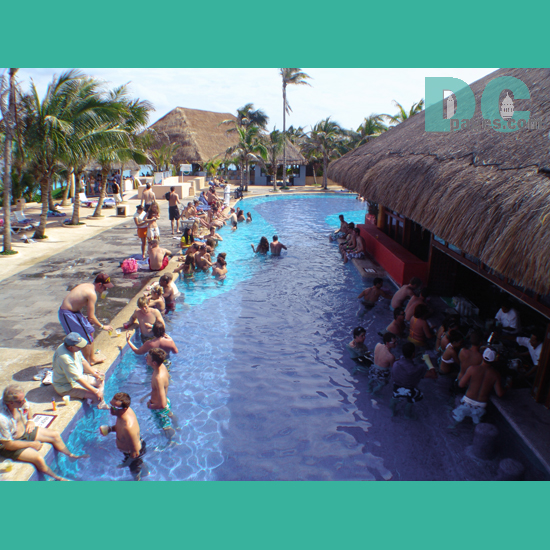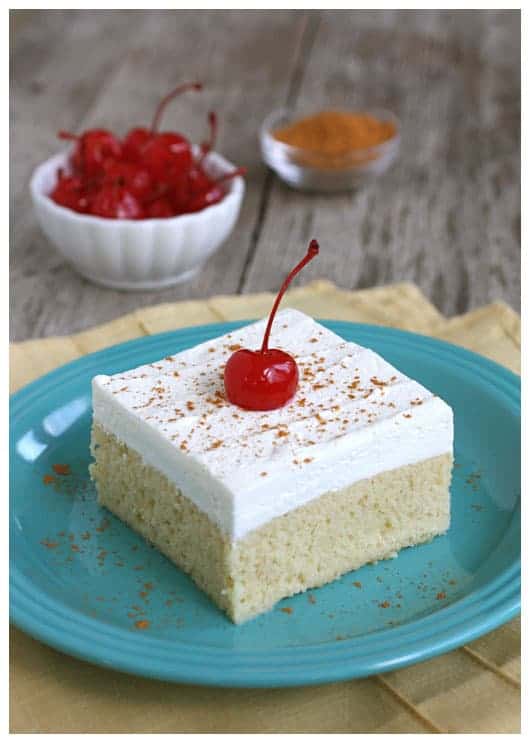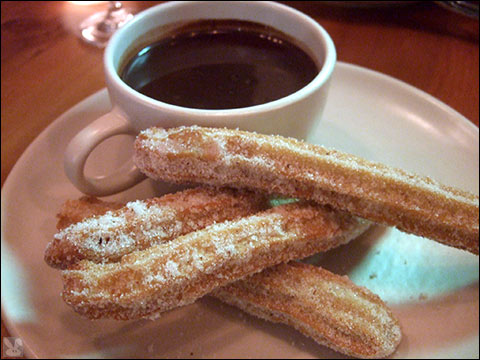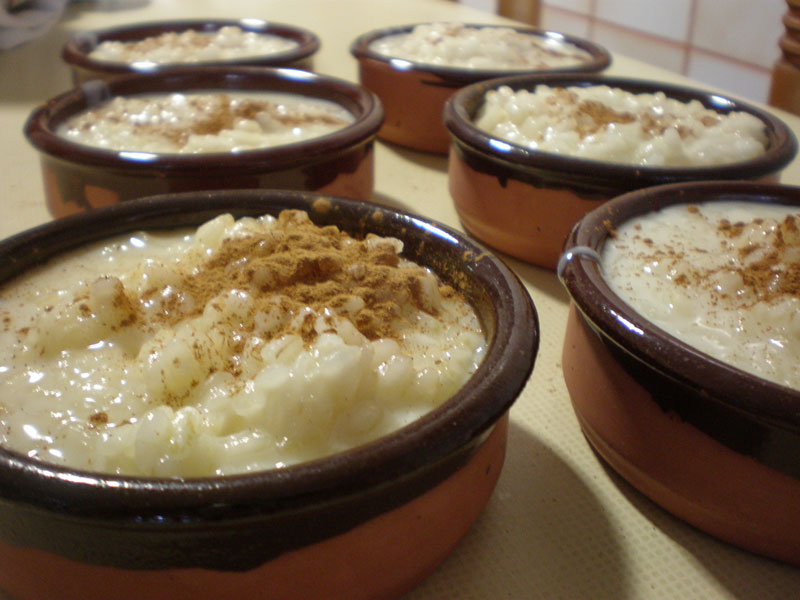¡Hola Amigos!
Last week I taught you how to say “Happy Birthday” in Spanish. I promised you that I’d show you the Mexican Happy Birthday song which is 7 verses long (I thought is was 8 in my article last week, but it’s only 7 – that’s way shorter eh?).
Anyway, here’s a link to last week’s article if you want to learn more about how to say Happy Birthday in Spanish.
So, here it is, and I’ve also included a YouTube video with an awesome mariachi singer singing it. (You can follow along with the words below. I’ve tweaked the English translation a bit to help for learning purposes.)
Here’s the song – enjoy! (Be sure and click on the “more” link below to see all 7 verses.)
| “Estas son las mañanitas
que cantaba el rey David Hoy por ser día de tu santo Te las cantamos aquí. Despierta mi bien despierta Mira que ya amaneció Ya los pajaritos cantan La luna ya se metió.”
|
“These are the dawns
about which King David sang Today because it’s your special day We sing them to you. Wake up very well wake up Look what has already woken up Already the birds are singing and the moon has gone away.” |













.jpg)


